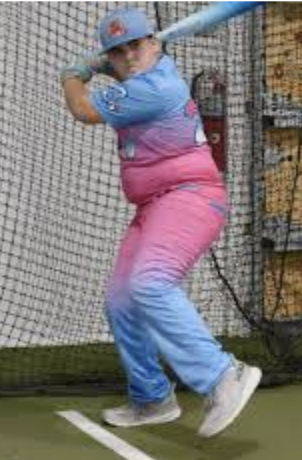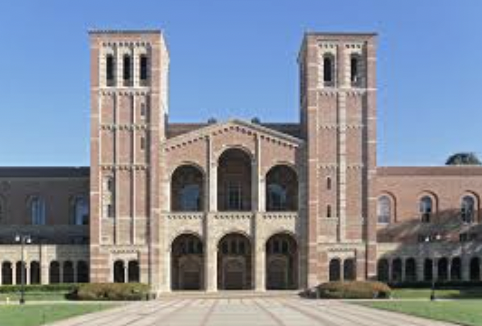
In SMHS, standardized testing has become a routine. Particularly, the NWEA assessment, an adaptive tool used to measure student growth and achievement in math, reading, and language use, has been prominent for many students. Administered three times a year to seniors (in fall, winter, and right before graduation) the test provides data to help teachers understand where students stand academically. While this may seem helpful in theory, it raises a question of whether or not seniors, in particular, really need to take the test this often.
Considering the advantages, the NWEA website states that “the data allows teachers to identify areas where students might need more support and tailor their lessons accordingly.” The adaptive nature of the test, which adjusts in difficulty based on a student’s responses, also provides a more individualized picture of academic ability. The site claims that for students, who are still developing essential skills, this feedback can be very important in ensuring progress over time.
However, for seniors, the benefits of this test become complicated. By their final year of high school, especially due to the competitive rigor in SM, students have already undergone years of standardized testing, including state exams (CAASPP), the SAT or ACT, and an abundance of in-class assessments. In addition, after spending years teaching these students, the teachers already have a solid understanding of each individual’s academic abilities. Requiring seniors to take the test three times a year doesn’t offer any new insight to teachers, and many students almost feel that the time used for the exam would have been better spent on instruction. “The NWEA definitely robs class time for three hours and it is draining and exhausting for many students,” Anni Zhao, 12, said. Preparing for and administering the tests take up class periods that could otherwise be used to focus on more meaningful lessons or provide targeted support to students as they finish their high school careers.
The issue is not just about data but also about time management among seniors with busy schedules in the first semester. Senior year in SM is demanding, with students juggling college applications, AP courses, and continuing their pre-existing extracurricular activities. “During test-heavy days, taking another exhausting test like the NWEA for more than two hours is definitely an unnecessary burden in a student’s schedule,” Jasper Chen, 12, said.
Moreover, the NWEA test, which is scheduled right before graduation this year, doesn’t provide information that students or teachers can meaningfully act on. By this point, seniors’ academic futures are largely set. Most have already submitted college applications or finalized post-high school plans. So the results from a final NWEA test aren’t going to alter the course of their future, so the seniors will have less incentive to take the grueling two hour test for both English and Math. Thus the data given from this administration would provide false data as students will be unmotivated to try at the end of senior year, and would not reflect the growth of the students.
Those who advocate for continuing the NWEA argue that it gives a final “say” of how well students are prepared for life beyond high school. But are these tests providing information that teachers don’t already know? After years of working closely with their students, teachers would presumably understand their strengths, weaknesses, and readiness for college or the workforce. The NWEA results simply reaffirm what they’ve already observed in the classroom, making the test feel redundant for both students and staff.
While the NWEA may offer valuable data, its necessity for seniors to take it three times throughout the year should be questioned. As seniors prepare for their futures, the focus should be on maximizing the quality of instruction and providing meaningful opportunities, not on administering yet another standardized test, they are all too familiar with. Standardized assessments like the NWEA serve a purpose, but for seniors, that purpose may have already been fulfilled.






